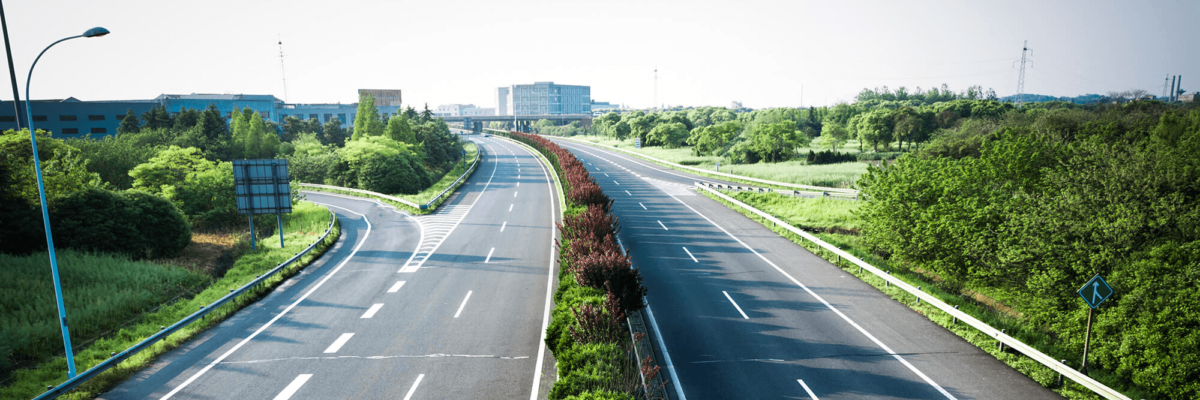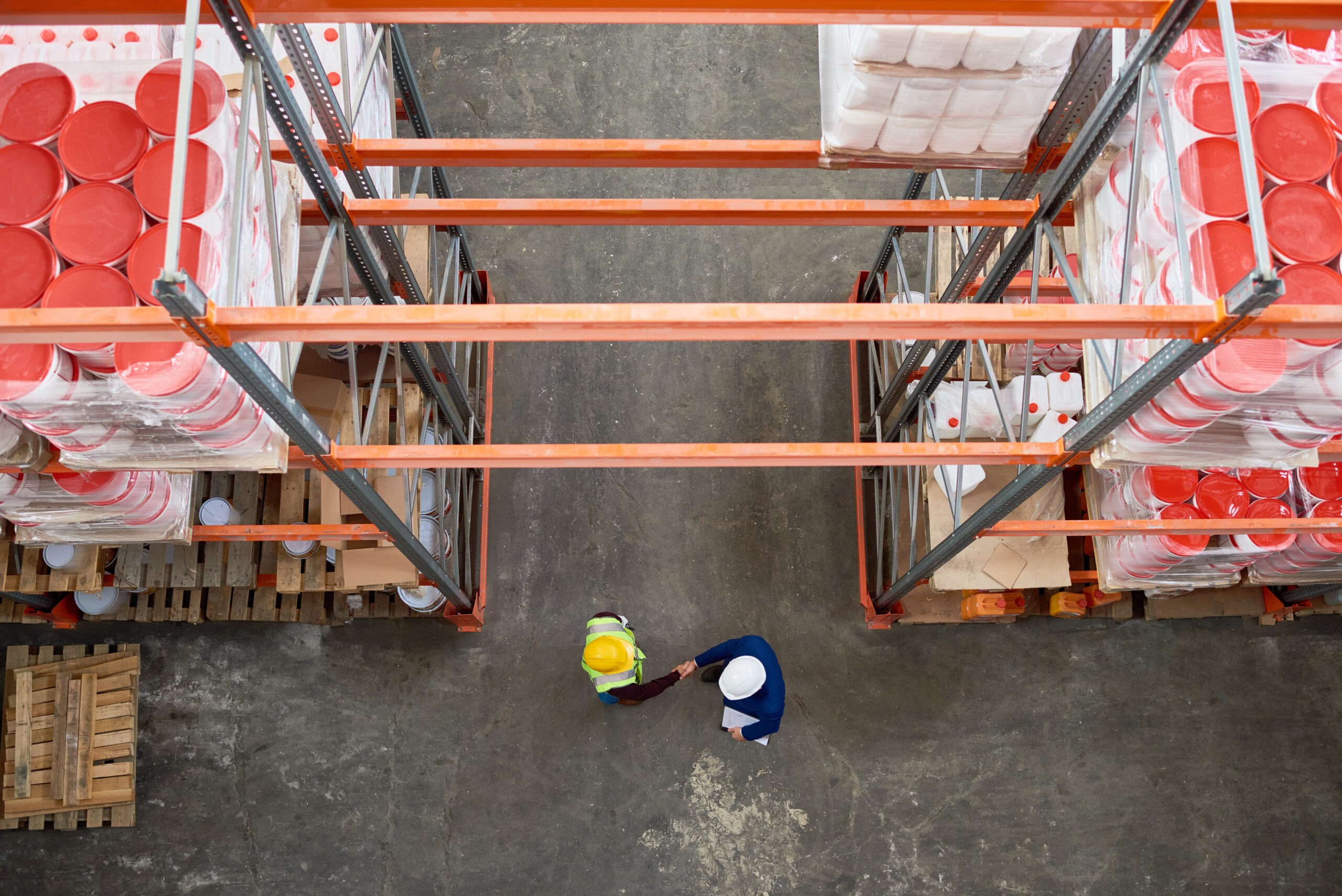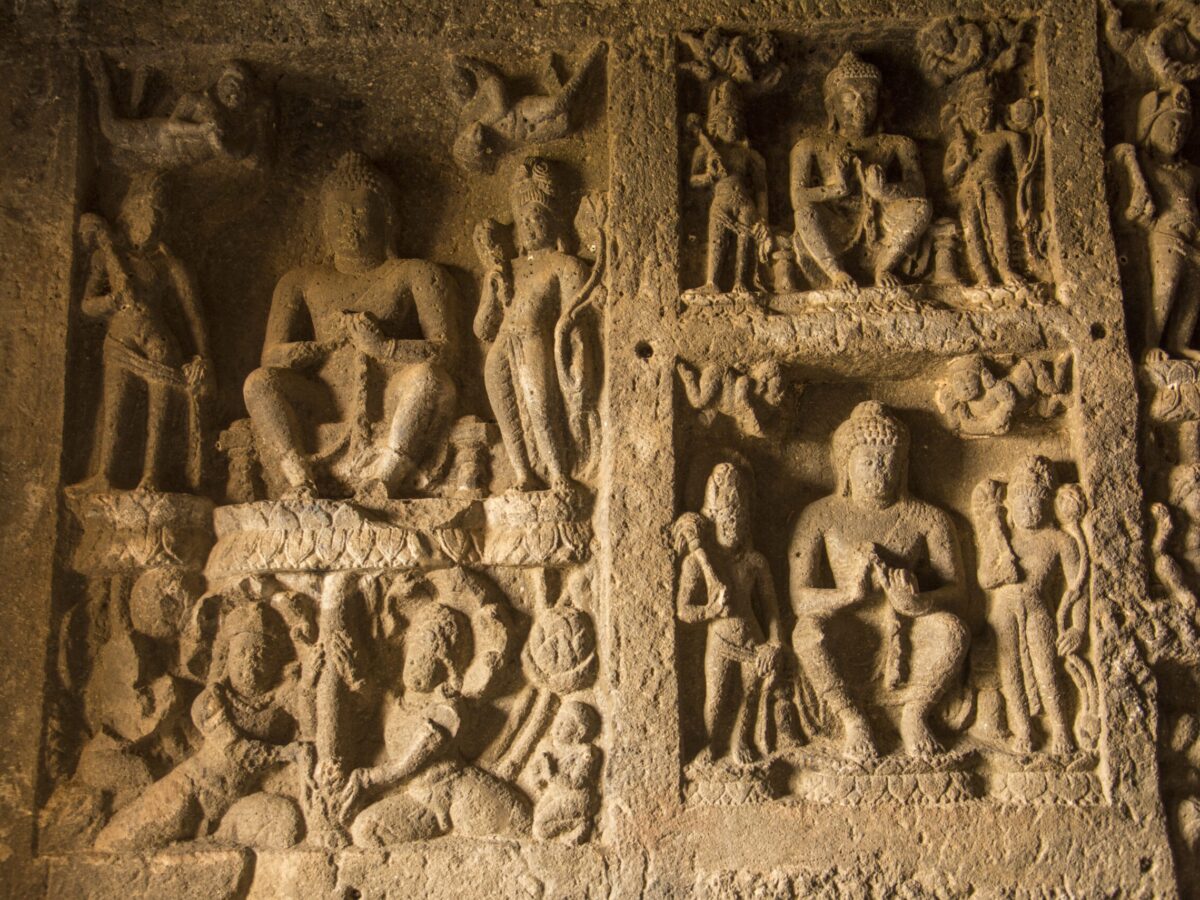
The Concept
In the drive to accelerate further development in trade, business & industrialization in Nashik, Aurangabad, and Nagpur, and other such neighbouring districts, the Government of Maharashtra has envisioned to build the ‘Hindu Hrudaysamrat Balasaheb Thackeray Maharashtra Samruddhi Mahamarg’.
For the overall socio-economic development of the state and to seek new employment opportunities for the local population along the expressway, the Maharashtra State Road Development Corporation (MSRDC) has conceptualized the project to accomplish the following:
The Samruddhi Corridor aims to build an encompassing agro-ecosystem for the regional population as agriculture continues to be their primary occupation. With export-ready infrastructure, food processing zones, and food markets, the expressway cum utility belt will boost farmers’ income and quality of livelihood.


The HBTMSM corridor will ensure equal economic growth opportunities to the remote regions by developing 18 new townships. Several economic nodes catering to industrial hubs, IT parks, manufacturing units, skill development & training institutes will generate new employment opportunities and migration control.
Warehousing hubs are planned at strategic locations close to industrial and manufacturing units to facilitate storage and quick logistics. Truck terminals and bus bays at various economic nodes will complement the freight forwarding experience and ease the supply chain for domestic markets. New townships are being developed in the districts of Aurangabad, Buldhana, and Wardha by State Warehousing Corporation.


The state government has identified a massive scope of promoting tourism and hospitality along the expressway route. Several tourism circuits for eco, pilgrim, and heritage tourism besides wayside amenities are proposed to develop along the route having wildlife resorts, museums, tiger safaris, food plazas, regional and theme-based retail outlets, periodic cultural events, restaurants, etc.
